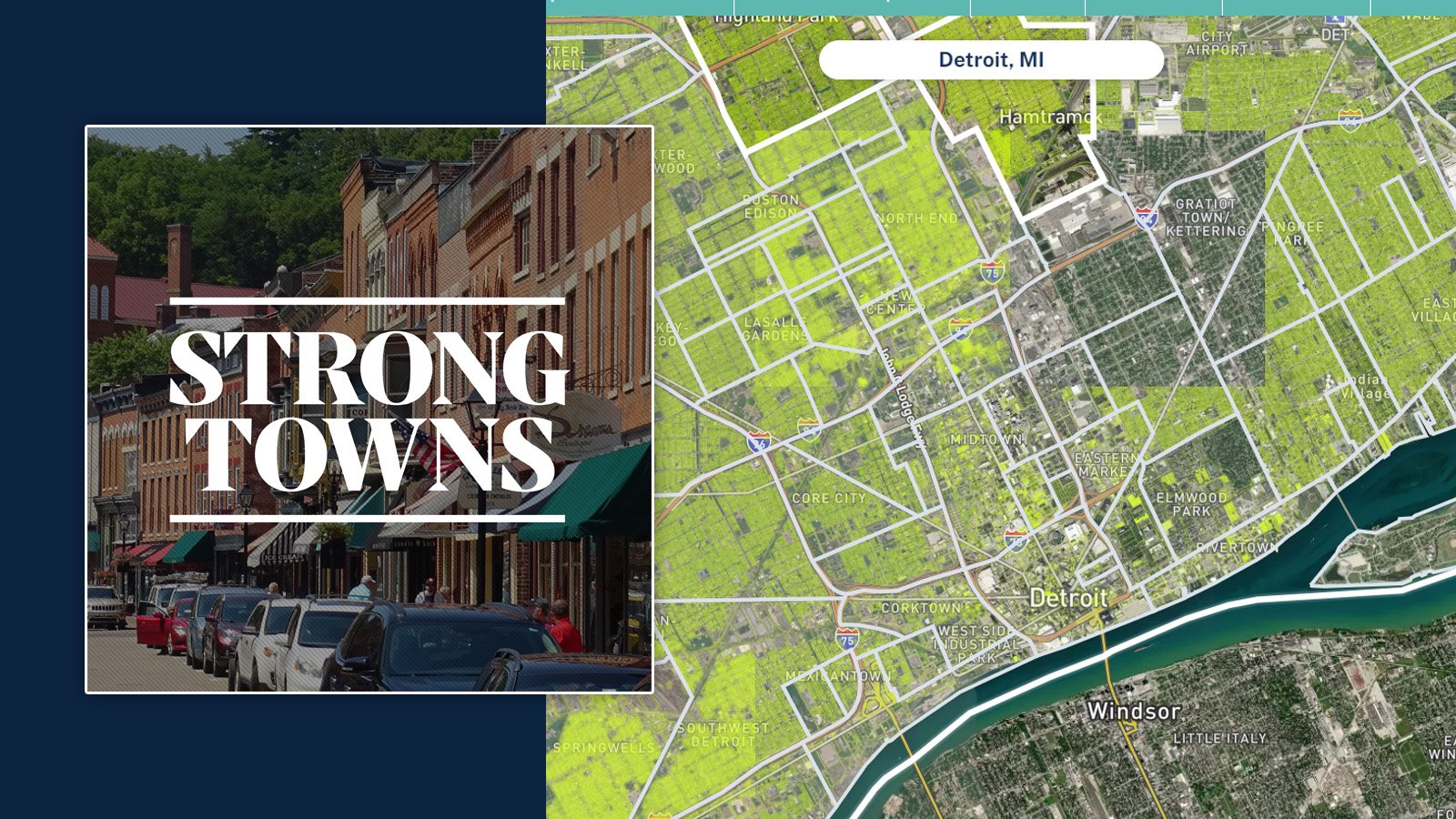Moving in Milwaukee: The Impact of Accessible Transit on Jobs
Strong Towns was recently invited to test out a new comprehensive mapping tool called mySidewalk. In collaboration with mySidewalk, I wrote this piece, utilizing the tool to examine transportation access and housing locations in my town.
Milwaukee household density. Click to view larger. (Source: Visualized in mySidewalk, information from the U.S. Census Bureau; American Community Survey (ACS), 2010–2014 5-Year Estimates)
I live in Milwaukee, WI, a segregated city with high poverty in certain areas and wealth in others, particularly the suburbs surrounding the city. This is not unlike most metropolitan areas. One thing that’s unique about Milwaukee though, is its elongated shape. Milwaukee is about three times as long as it is wide, measuring around 20 miles from the southern tip to the northmost point. Unfortunately, the poorest in my city often live on the far edges, especially the northwestern section.
For a mid-size city that already struggles to run buses at adequate intervals and offers few express lines, the geography of this place makes public transit even harder. Like many transit systems, ours is centered on the downtown, with the most frequent and connected bus transfers happening in that central district.
But when so many of our residents live miles from the downtown, structuring their travel around this center point can add hours to a trip to work, the doctor, school, etc. The Milwaukee bus system often fails to adequately serve the people who need it most.
Thanks to urban renewal, an inner-city highway divides us neatly down the middle, separating wealthy white people on the east side, and poor black and Latino people on the west. There are divergences from this pattern, but by and large, that is the story of this city.
In some ways, the northwest area of Milwaukee functions much like a poor suburb. It is cut off from parts of the city, not sufficiently connected by transit, and it offers few meaningful job opportunities. You might be able to flip burgers or stock the shelves at a dollar store, but full-time work that pays more than minimum wage and offers benefits? That’s hard to come by.
In many zip codes where households are most dense, job opportunities are some of the least available. This map shows the household density of the Milwaukee area by zip code...
Head over to the mySidewalk blog to read the rest and see in-depth, interactive maps.




